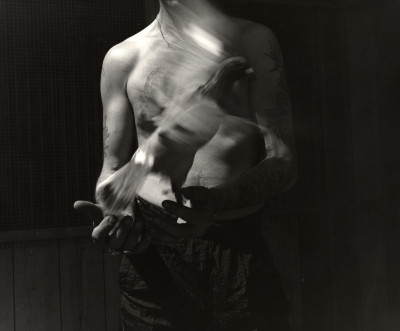
The Unrecognised Villages
Peter Fryer
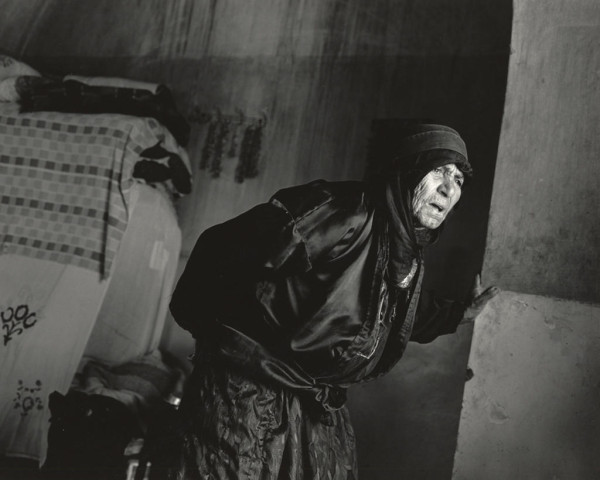
The Unrecognised Villages
Peter Fryer
- Photographic
- Communities
- International Documentary
- Politics & Struggles
- Place
- 1990 – 1999
- World
Photographed in the early 1990s, The Unrecognised Villages is Peter Fryer’s exploration of the lives and struggles of Palestinian Arab citizens of Israel living in three villages: Kamaneh, Arab Naim and Ein Hod. Though these communities predate, or were formed in the aftermath of, the 1948 war, they remain unrecognised by the state, omitted from maps and denied basic infrastructure.
Designated illegal under Israeli planning law, the land is zoned for agricultural use only. Residents, who are Israeli citizens, live without connection to national electricity or water networks. Roads are unpaved, new buildings are prohibited, and essential services such as schools and health clinics have been closed or withheld. The lack of recognition operates as a strategy of attrition, designed to encourage displacement.
Fryer’s photographs document the physical realities of this status: homes without power, tracks in place of roads, and daily life shaped by absence. The series gives presence to communities made invisible, confronting the contradictions at the heart of citizenship and the endurance of those who refuse to leave.
Peter Fryer is a British documentary photographer based in the North East of England, whose work has focused on the everyday lives of working-class communities since the early 1980s. Rooted in long-form social observation, his photographs reflect a commitment to place, capturing stories of youth, labour, identity and belonging across towns and cities in the region.
Fryer’s approach is defined by trust, attention and respect for the people and places he photographs. His work has been exhibited both nationally and internationally and is held in a number of public and private collections. Consistently grounded in the documentary tradition, Fryer’s photography builds a nuanced and quietly powerful record of social change in the North of England.
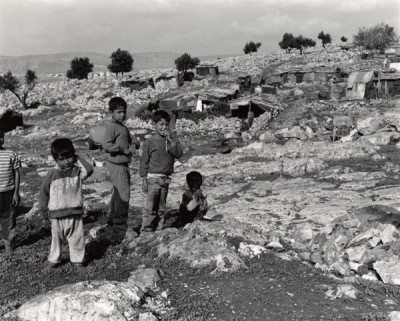
The Unrecognised Villages: Arab El-Naim, 1991
- Ref: 164-010-LBW
- Date: 1991
- Artist: Peter Fryer
- Copyright: © Peter Fryer
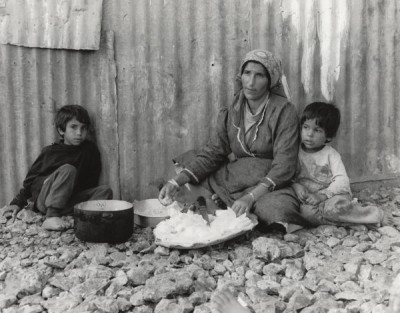
The Unrecognised Villages, 1991
- Ref: 164-004-LBW
- Date: 1991
- Artist: Peter Fryer
- Copyright: © Peter Fryer
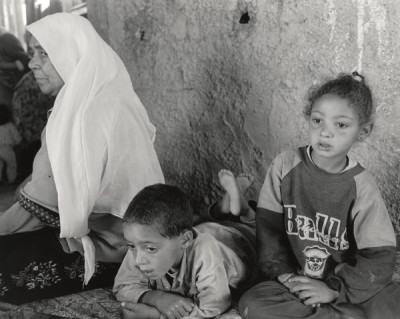
The Unrecognised Villages: El Syed, 1995
- Ref: 164-009-LBW
- Date: 1995
- Artist: Peter Fryer
- Copyright: © Peter Fryer

The Unrecognised Villages, 1991
- Ref: 164-012-LBW
- Date: 1991
- Artist: Peter Fryer
- Copyright: © Peter Fryer
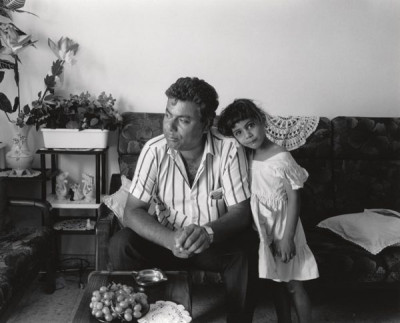
The Unrecognised Villages, 1991
- Ref: 164-006-LBW
- Date: 1991
- Artist: Peter Fryer
- Copyright: © Peter Fryer

The Unrecognised Villages, 1991
- Ref: 164-013-LBW
- Date: 1991
- Artist: Peter Fryer
- Copyright: © Peter Fryer

The Unrecognised Villages, 1991
- Ref: 164-011-LBW
- Date: 1991
- Artist: Peter Fryer
- Copyright: © Peter Fryer
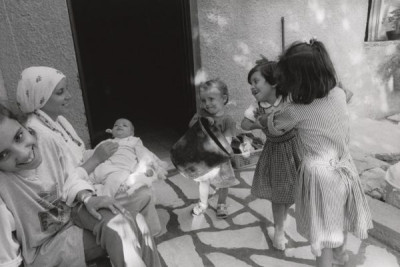
The Unrecognised Villages, 1991
- Ref: 164-005-LBW
- Date: 1991
- Artist: Peter Fryer
- Copyright: © Peter Fryer
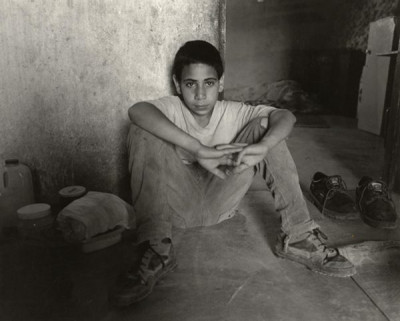
The Unrecognised Villages, 1991
- Ref: 164-019-LBW
- Date: 1991
- Artist: Peter Fryer
- Copyright: © Peter Fryer

The Unrecognised Villages, 1991
- Ref: 164-008-LBW
- Date: 1991
- Artist: Peter Fryer
- Copyright: © Peter Fryer
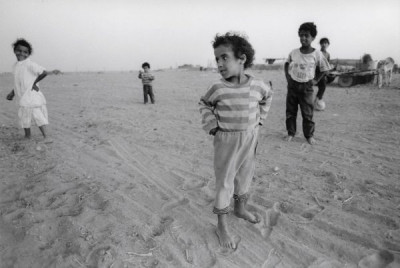
The Unrecognised Villages, 1991
- Ref: 164-014-LBW
- Date: 1991
- Artist: Peter Fryer
- Copyright: © Peter Fryer
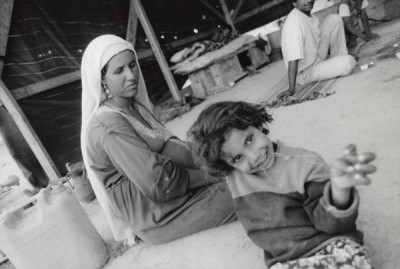
The Unrecognised Villages, 1991
- Ref: 164-016-LBW
- Date: 1991
- Artist: Peter Fryer
- Copyright: © Peter Fryer

The Unrecognised Villages, 1991
- Ref: 164-002-LBW
- Date: 1991
- Artist: Peter Fryer
- Copyright: © Peter Fryer
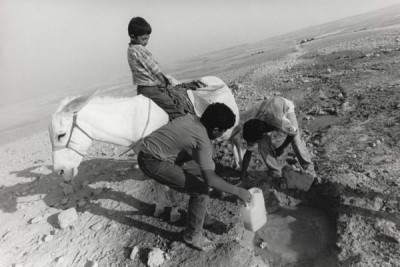
The Unrecognised Villages, 1991
- Ref: 164-003-LBW
- Date: 1991
- Artist: Peter Fryer
- Copyright: © Peter Fryer
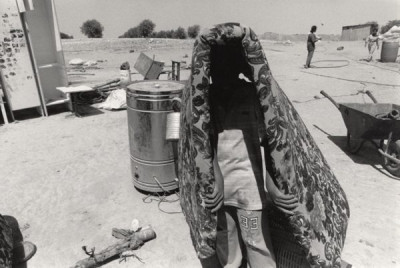
The Unrecognised Villages, 1991
- Ref: 164-007-LBW
- Date: 1991
- Artist: Peter Fryer
- Copyright: © Peter Fryer

The Unrecognised Villages, 1991
- Ref: 164-017-LBW
- Date: 1991
- Artist: Peter Fryer
- Copyright: © Peter Fryer

The Unrecognised Villages, 1991
- Ref: 164-001-LBW
- Date: 1991
- Artist: Peter Fryer
- Copyright: © Peter Fryer

The Unrecognised Villages, 1991
- Ref: 164-015-LBW
- Date: 1991
- Artist: Peter Fryer
- Copyright: © Peter Fryer
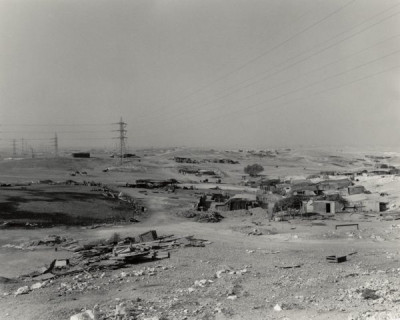
The Unrecognised Villages: El Azazmi - Power lines for Jewish cities, 1991
- Ref: 164-018-LBW
- Date: 1991
- Artist: Peter Fryer
- Copyright: © Peter Fryer
Related Works

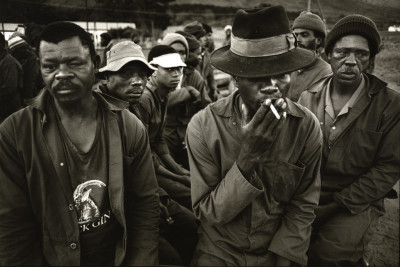
Bitter Harvest
David Lurie
Photographic
